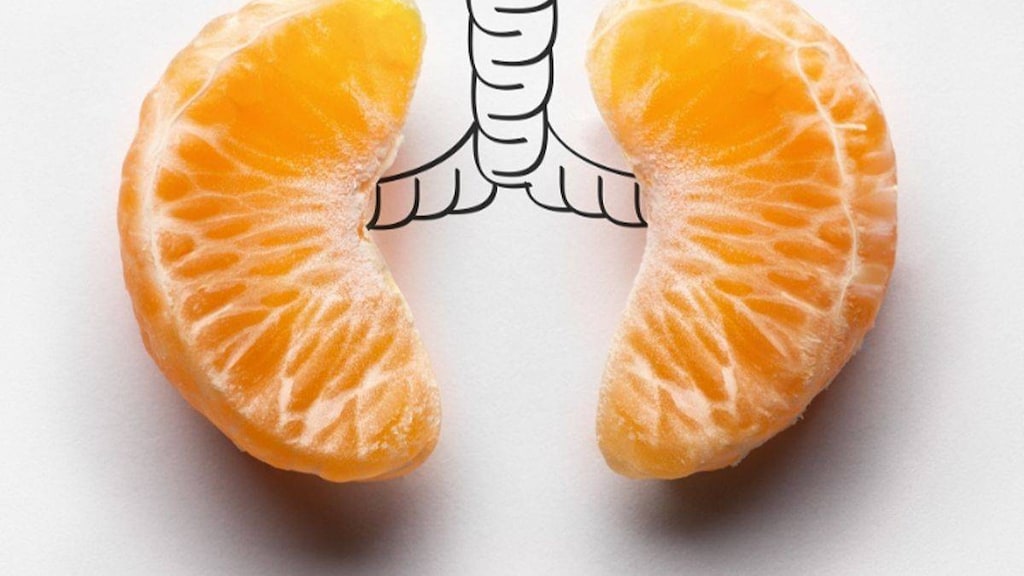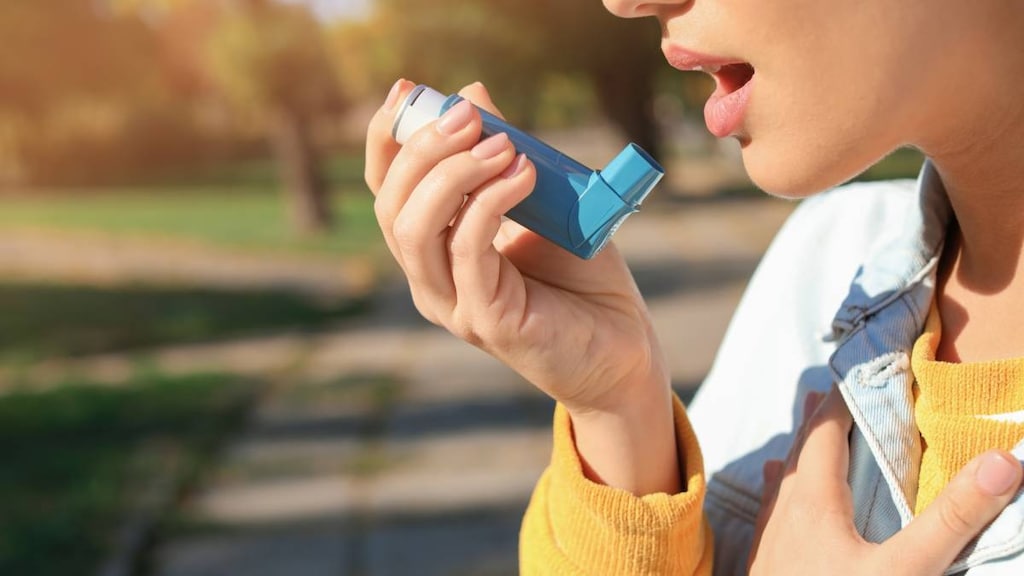Asthma Attack With No Inhaler? Here's What to Do

If you're living with asthma, there may come a time when you have an asthma attack without your rescue inhaler. Or you may have your inhaler but find that it's out of medication. No matter what circumstances leave you without your rescue inhaler during an asthma attack, the first thing to do is to remember not to panic. Here's what to do next.
What to do
Keep in mind that some attacks are mild and will clear up without medication. So, if you're without an inhaler, try these things first:
- Stay calm. Strong emotions and stress trigger asthma. Don’t panic. Remind yourself that the attack may pass without getting severe.
- Sit up straight and take slow, deep breaths. This moves air in and out of your lungs and may also help you stay calm.
- Think about what might have triggered your asthma attack. Common triggers include dust, pollen or mold. Other triggers include weather changes, strong odors, smoke or fumes. If the trigger is avoidable, move to another area.
- Drink a cup of coffee or other caffeinated drink, like tea or soda. Caffeine is similar to a drug that can open airways during an asthma attack (a bronchodilator). Caffeine may provide some relief for up to four hours if nothing else is immediately available, but it should not be considered treatment for an asthma attack.
When to get help
If asthma attack symptoms last for more than a few minutes, get help right away. These symptoms may include:
- Wheezing
- Coughing
- Shortness of breath
- Tightness in your chest
Call 911 if you are breathing rapidly and struggling to get enough air. A severe asthma attack can feel like someone is sitting on your chest. The symptoms can make it hard to talk or move around. If in doubt, call for help or have someone call for you.
If you are with someone who is having an asthma attack without an inhaler, you can help by following the same basic steps as if you were the one having the attack:
- Help them stay calm.
- Tell them to sit up and take slow, deep breaths.
- Call 911 or take them to the emergency room if they are struggling to breathe or their condition is not improving after a few minutes.
Some asthma basics
During an asthma attack, the tubes that get air into your lungs become inflamed. Muscles around the tubes also tighten, making them very narrow. This makes your breathing quicken and your chest tighten. Constricted breathing causes wheezing or a rattling sound. The feeling of having an asthma attack has been described as drowning in air.
An asthma attack can be triggered by allergens and irritants that may be avoidable once you know what yours are. For example, strenuous exercise can cause an asthma attack for some people. You may also be at higher risk if you have the flu, a cold or sinusitis.
Asthma attacks usually do not happen without warning. They take a while to develop. Early warning signs include feeling tired, noticing a new cough or feeling a slight tightness in your chest.
Taking precautions like getting an annual flu shot is one way to lower your risk for an asthma attack, but the best way to prevent them is to develop an asthma action plan with your doctor.
Think of your plan as a stoplight, with green, yellow and red sections. Green zone symptoms mean your asthma is under control. Yellow means to pay attention to your symptoms and take the first steps to manage them. Red zone symptoms mean you are having, or are in danger of having, a severe attack. Your plan should include specific instructions for symptoms in each zone, including what medicines to take and when to get help.
However, even the best asthma action plan won’t help if you leave your medicine at home, so it's a good idea to always carry your inhaler. If you forget, go back and get it as soon as you notice any of the early warning signs.
Also, make sure to stay up to date with your refills and keep all your doctor appointments. And any time you have an asthma attack—whether or not you had your inhaler, and even if you did not need to call 911—always let your doctor know. In most cases, your doctor will want to see you soon after an attack to review your action plan and update it as necessary.
The bottom line
Remember these steps if you have an asthma attack without an inhaler:
- Stay calm.
- Sit up straight and take deep breaths.
- Move away from potential triggers if possible.
- Call 911 if you have any trouble breathing or get immediate medical attention if asthma symptoms get worse or last longer than a few minutes.
- Follow up with your doctor after any asthma attack.
Article references
- Asthma Attack, American College of Allergy, Asthma & Immunology, https://acaai.org/asthma/symptoms/asthma-attack
- Asthma attacks, National Health Service, https://www.nhs.uk/conditions/asthma/asthma-attack/
- Cochrane, The effect of caffeine in people with asthma, https://www.cochrane.org/CD001112/AIRWAYS_the-effect-of-caffeine-in-people-with-asthma
- Asthma and Allergy Foundation of America, Preventing Asthma Episodes and Controlling Your Asthma, https://www.aafa.org/asthma-prevention/




